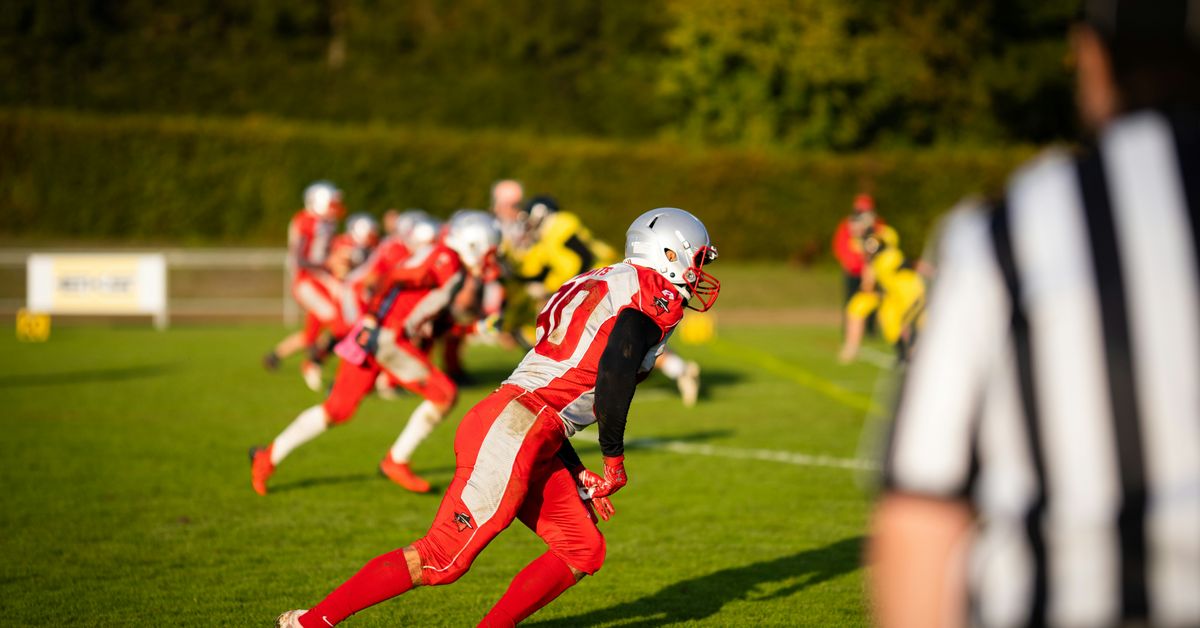
Economic Impact of Sports Broadcasting Deals
Sports broadcasting deals have a profound economic impact, influencing various sectors including media, advertising, tourism, and even the broader economy. These deals involve significant financial transactions between broadcasters and sports leagues, shaping not only the sports industry but also impacting consumer behavior and economic activities globally.
Financial Dynamics of Sports Broadcasting Deals
At the core of sports broadcasting deals are multi-million or even billion-dollar contracts negotiated between broadcasters and sports leagues or teams. These contracts typically involve:
- Rights Fees: Broadcasters pay substantial amounts for the rights to broadcast live games, tournaments, or entire leagues.
- Advertising Revenue: Broadcasters generate revenue through advertisements aired during broadcasts, leveraging the massive viewership of sports events.
- Subscription Fees: Some broadcasters charge viewers subscription fees to access premium sports content, further increasing revenue.
For example, the National Football League (NFL) in the United States generates a significant portion of its revenue from broadcasting rights, with networks paying billions for exclusive rights to air games.
Impact on Media and Technology
Sports broadcasting deals are major drivers of innovation and competition within the media and technology sectors:
- Technological Advancements: Broadcasters invest in state-of-the-art technologies to enhance viewer experience, such as HD broadcasts, virtual reality (VR), and interactive streaming platforms.
- Streaming Services: The rise of streaming services has reshaped how sports content is consumed, leading to new partnerships and revenue models.
- Global Reach: International sports broadcasting deals expand the global reach of leagues and teams, fostering cultural exchange and economic ties.
Consumer Behavior and Sponsorship
The broadcasting of sports events influences consumer behavior and sponsorship strategies:
- Consumer Spending: Sports fans spend on merchandise, tickets, and memorabilia, contributing to local economies and tourism.
- Sponsorship Revenue: Brands pay for exposure during broadcasts, capitalizing on the large and diverse audience that sports events attract.
- Brand Visibility: High-profile sports events offer unparalleled exposure, enhancing brand recognition and consumer trust.
Case Study: English Premier League
The English Premier League (EPL) serves as a prime example of the economic impact of sports broadcasting deals. Broadcast rights for the EPL are sold globally, with broadcasters paying billions for the privilege:
“The Premier Leagues broadcasting rights are a major economic driver, not just for football clubs but also for the UK economy as a whole, contributing significantly to GDP through media revenues and associated commercial activities.” – Financial Times
These deals boost tourism, promote local businesses, and enhance the UK’s global image as a sporting hub.
Conclusion
Sports broadcasting deals transcend mere entertainment, playing a crucial role in the global economy. They drive technological innovation, influence consumer spending patterns, and elevate the profile of sports leagues and teams worldwide. As these deals continue to evolve alongside media and technology, their economic impact will remain a cornerstone of the sports industry’s growth and influence.



